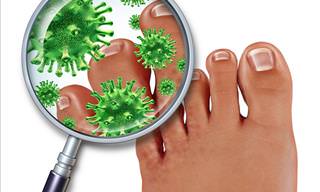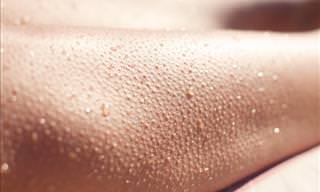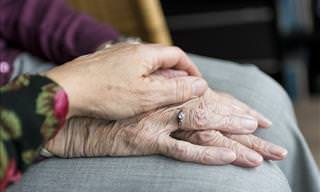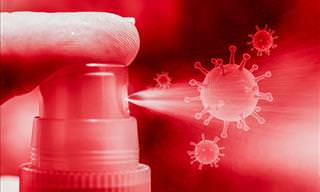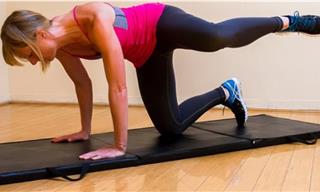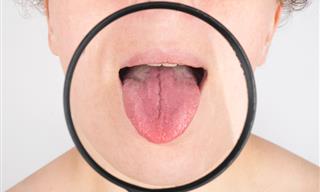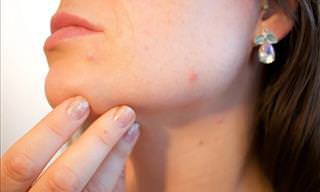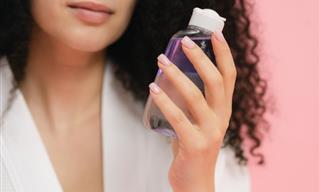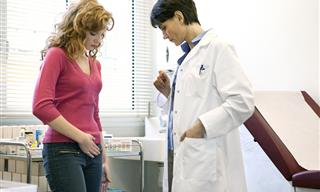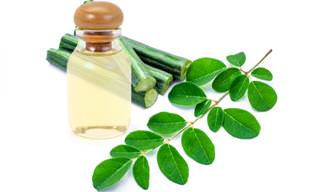Hidradenitis Suppurativa (HS) also more commonly known as Acne Inversa, is a chronic skin condition that can manifest itself in both men and women all across the world. HS presents itself in a variety of symptoms, the most common being the formation of painful lumps under the skin that greatly resemble boils, and these lumps may often secrete pus or blood. While HS is not curable, it is very much treatable and relatively rarely fatal if dealt with properly.
This disease is believed to be rare, but due to its resemblance to acne, as well as the varying nature of symptoms, this condition is often misdiagnosed, resulting in the reported number of persons suffering from this condition being far less than the actual number. A 2017 study showed that Acne Inversa is far more common than previously believed to be.
This condition is also often associated with severe anxiety, self-consciousness, depression and social isolation noted in the people suffering from it. For these reasons and many others, it’s important to be aware of HS, the various symptoms, and most importantly, the treatment options.
What is Hidradenitis Suppurativa?

As stated above, Hidradenitis Suppurativa is a skin condition that results in chronic pain and deep abscesses that are similar to boils on various parts of the body, particularly those high in sweat glands and hair follicles. Approximately 200,000 people have been diagnosed with this ailment, though it is believed that a whopping 1-4% of the population may be suffering from this condition, despite the condition remaining undiagnosed in many cases.
Including milder cases of this ailment, as many as 1 in 100 people may possibly suffer from this disease. However, significantly more epidemiological data is needed to support the above-said claim. Regardless, this condition presents itself with numerous symptoms, and if you notice any of these symptoms, it is important to consult a doctor or dermatologist as soon as possible to seek treatment.
The Symptoms of HS
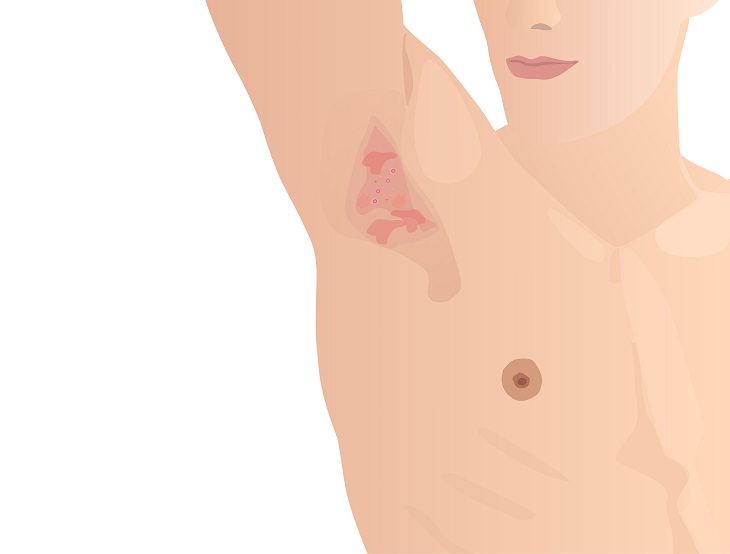
Acne Inversa largely affects the sweat glands of the body, more specifically, areas of the body that tend to rub together, like under the breasts, armpits, buttocks, and groin. The condition may start with singular abscesses or pits in the skin, near hair follicles on the skin. These pits may also contain blackheads and thus may be hard to identify.
As the condition progresses, these bumps and lesions begin to secrete pus and blood, which may emit an unpleasant odor. One of the biggest difficulties faced by people suffering from HS is the slow pace at which these wounds heal, during the process of which they often enlarge and reopen, or flare up and secrete pus and blood. When they heal, they often result in scarring and tracts in the skin, also known as sinus tracts.

There are only 3 known fatal cases for patients with HS, and in all said cases, the patients also suffered from squamous cell carcinoma - a type of cancer, and the combination of the two being the likely cause of death. Most cases of death relating to HS patients are due to suicide or substance abuse, often caused by the resulting depression and anxiety.
How does HS develop?
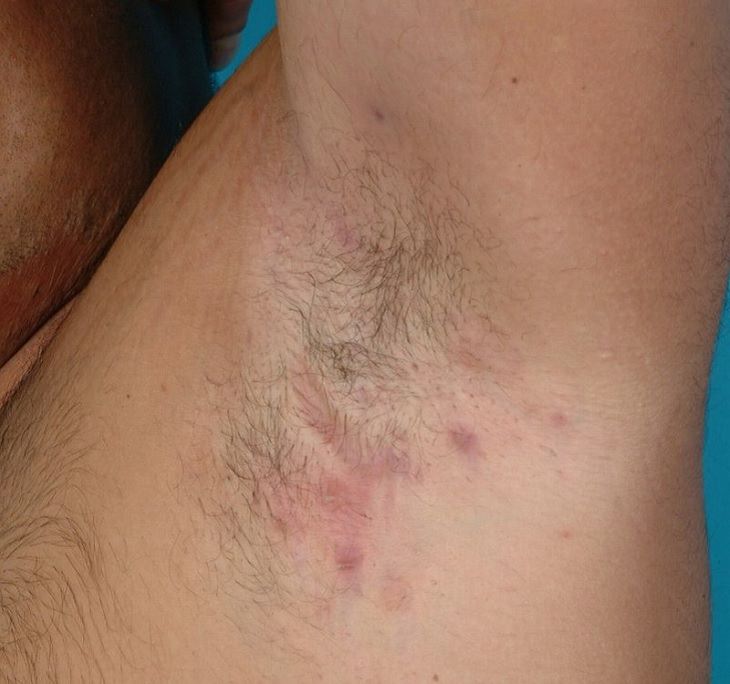
(By Ziyad Alharbi†Email author, Jens Kauczok† and Norbert Pallua, Wikimedia Commons)
HS begins to develop mostly only after puberty has struck, and is therefore often confused with acne (hence the name Acne Inversa). Despite there being no known cure, this ailment can last for anywhere between a few years to a lifetime and may manifest itself in the form of a single or few lesions in certain specified areas of the skin.
There are two systems that have been used to track the development of HS over the years. The Hurley staging system notes the first stage as the development of lesions that heal without scarring, following by more severe lesions, as well as the presence of sinus tracts, and finally, a broader presence of lesions along with scarring and subcutaneous tracts in the skin.
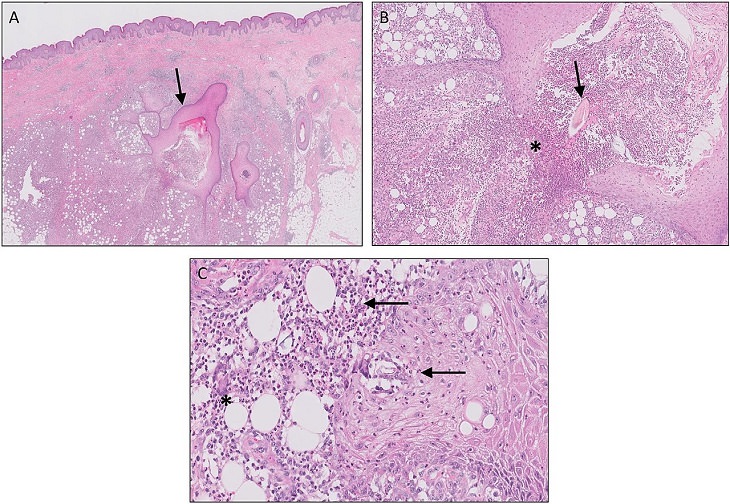
(Micrograph of HS progression, By Jenny Giang, Marc A. J. Seelen, Martijn B. A. van Doorn, Robert Rissmann, Errol P. Prens, and Jeffrey Damman, Wikimedia Commons)
The Sartorius staging system is more complex and marks each stage using determinants such as the areas of the skin on which the lesions have occurred (with earlier stages having more localized lesions), volume and type of lesions (which can also include tracts, nodules, abscesses, and fistulas), distance between lesions, and finally, the presence of unaffected skin in -between lesions.
Depending on the stage the disease presents itself at, both the individual lesions, as well as the ailment itself, can be treated. However, there is a limited number of medical treatments and treatment guidelines available due to a lack of scientific studies into the disease itself. It has also been hypothesized that diagnostic delays have caused this disease to continue and go untreated in numerous cases due to a lack of unawareness in both patients and physicians.
What causes HS?
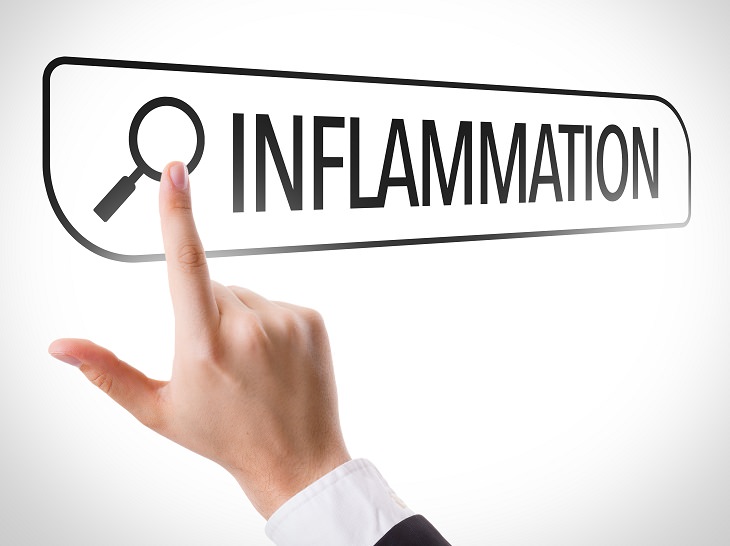
The lesions related to HS tend to arise when there are certain abnormal blockages around the hair follicles, which causes the immune system to react, with the latter believing these blockages to be external bacteria attacking the body. This response by the immune system leads to the formation of abscesses and lesions and causes further itchiness, redness, swelling - all common symptoms of inflammation. Most cases of this disease are reported to be mild to moderate, particularly with respect to the inflamed bumps.
While the cause of the inflammation has been identified, the difficulty in preventing, diagnosing and treating this illness arises when attempting to discover the underlying cause. A number of factors could potentially be involved in the initial development of the disease, including auto-inflammatory issues, hormonal discrepancies, genetic predisposition or specified environmental interactions.
Studies have suggested there could be a pattern related to dominant genes passing down the illness, but research into the same has not been studied enough to confirm the same. It is important to note, however, that unlike certain other skin conditions, the cause and development of HS are not linked to poor hygiene or any infection, contagious or otherwise.
How to Treat HS
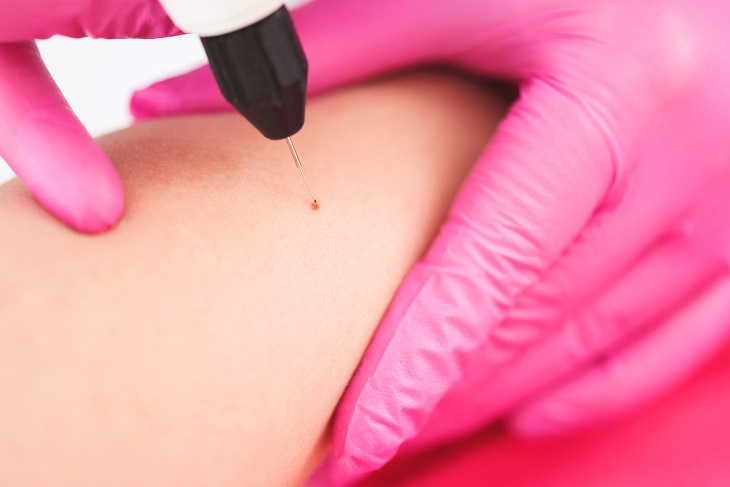
Dealing with this ailment can be overwhelming given that it results in chronic pain, often caused by inflammation and itchy, sore lesions that develop under the arms, the breasts, and other areas where skin folds. While this disease is not curable, it is treatable, both medically and with lifestyle changes, and the symptoms tend to peak as one ages, particularly once the person suffering has crossed 30-40 years of age.
Medical treatments include the use of Dapsone therapy, as well as Humira therapy, either of which may be prescribed by your doctor along with regular dosages of antibiotics, anti-inflammatory drugs, and corticosteroids. When oral, topical and similar medicinal treatments have been applied and the condition continues to worsen, the concerned doctor may recommend surgery to cover the lesions and abscesses.
While medicinal options are a must-have for treating HS, especially in the later stages, there are also numerous things that patients can do to reduce the flaring up of lesions, and attempt to stop them from spreading or worsening. These include:
1. Avoiding Heat

Under ordinary circumstances, sweating might be good for your skin, but in the case of HS, the goal should be to stay cool and dry, which can be a difficult task given the presence of lesions in areas that are rich in sweat glands. Excessive heat can trigger painful flare-ups, as can excessive sweating. For added safety, it may be good to discuss the brands of antiperspirants to best use with your doctor to make sure they're not too harsh on the skin.
2. Not Smoking
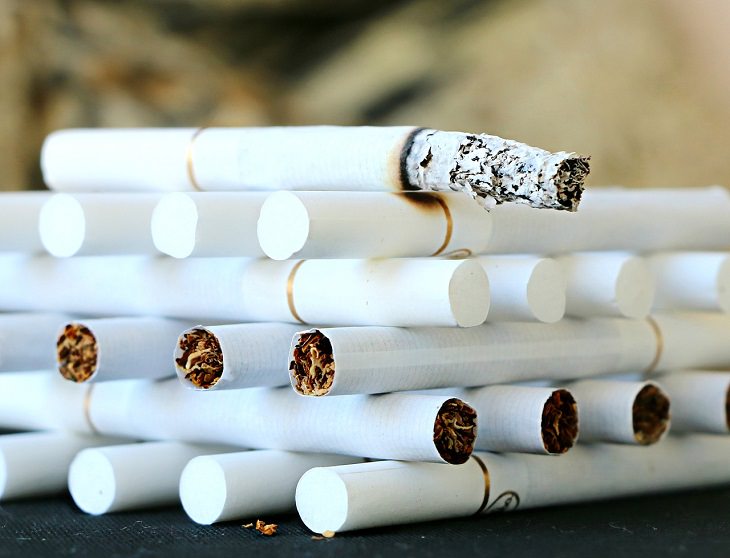
If you’re a cigarette smoker with HS, there are high chances you suffer from flare-ups more than non-smokers. To reduce the number of leaky lesions, it’s best to quit cigarettes, as this can also improve your overall stamina and health.
3. Staying Healthy

Now that you’ve quit smoking, you can work on shedding those extra pounds. This is yet another lifestyle change that can help you cope with the stress and pain of HS. Maintaining a good diet and regular exercise can go a long way in helping your body fight the triggers of inflammation. Reduction in weight can often mean a reduction in the number of lesions that flare-up.
4. Not Stressing Out
 \
\
This is a tricky one, especially given that HS can cause anxiety and depression, and it can be even trickier if you’ve just quit smoking cigarettes and are finally starting to diet. Nonetheless, it is important to know that stress can be a major trigger of flare-ups, so whether it is deep breathing or meditation, it is vital to find methods of keeping calm and staying centered.
5. Keeping Away From Razors
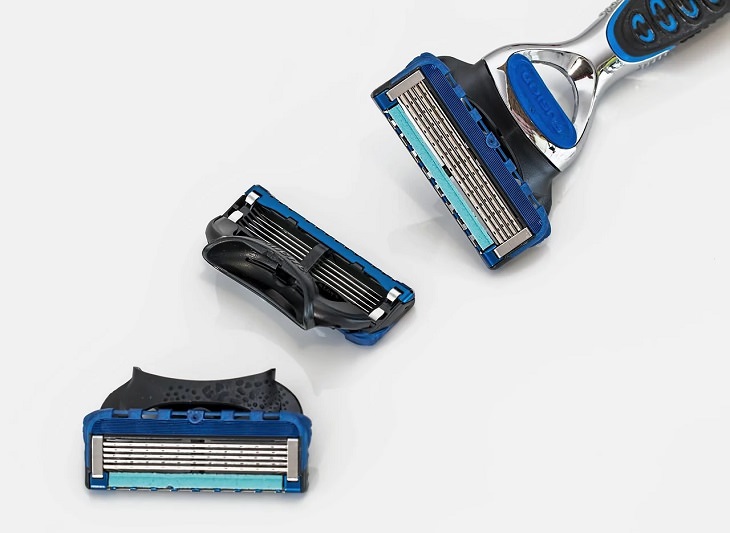
Let us not forget that many abscesses related to HS begin at the base of hair follicles. While it may be a matter of simple personal hygiene, it is advisable to use alternative methods of hair removal, as most lesions caused by Acne Inversa occur in regions of the body where hair growth is prevalent. Even minor outbreaks of HS on the skin can cause irritation, and razors can result in further inflammation and even the spread of lesions.
6. Loose Clothes Are the Best
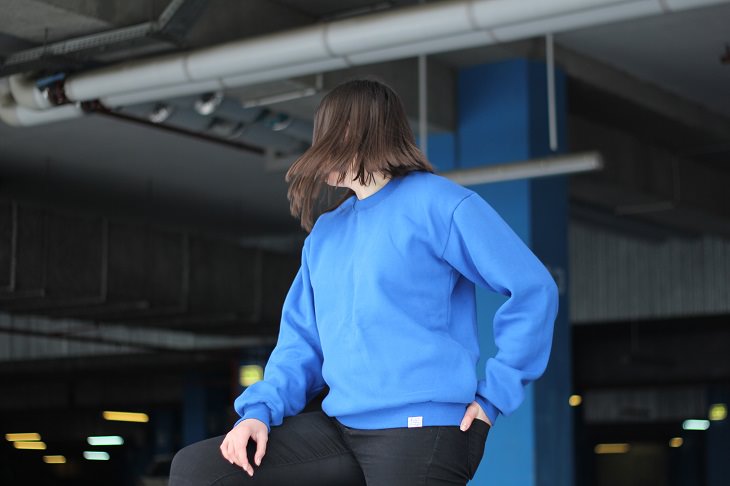
It can often be tempting, or even habitual to wear a nice tight sweater on a cold day or a well-fitted t-shirt when exercising. However, it's best to avoid these clothes if you're suffering from HS. Acne Inversa tends to break out in areas of the body where skin rubs together. A similar effect occurs when synthetic fibers rub against the skin, causing friction, which can result in additional painful lesions, as well as trigger flare-ups.
 Go to BabaMail
Go to BabaMail












 \
\

